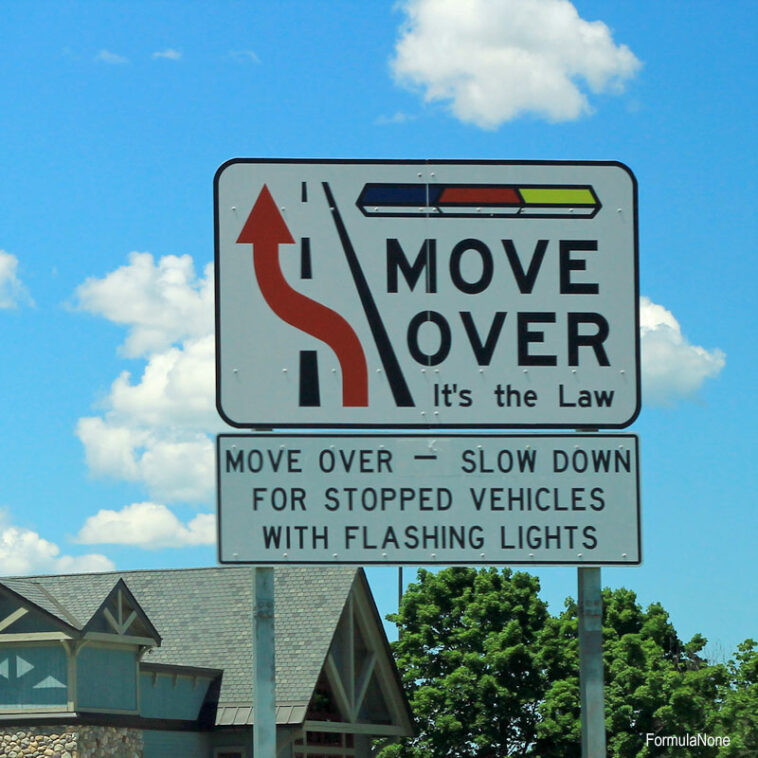Exploring the Relationship between Traffic Enforcement and Fatalities
The Need for a Bigger Picture
The increase in traffic fatalities has been a major cause of concern in recent times. In response to this data, questions have been raised about the overall trend of traffic enforcement and its correlation with the rise in fatalities. While a three-to-five-year window may not provide adequate data to identify a trend, it is important to examine the overall patterns of traffic enforcement and fatalities over the past two decades.
The Last 20 Years of Traffic Enforcement and Fatalities: An Overview
Examining the last 20 years of traffic enforcement and fatalities provides a better understanding of the current situation. In a chart that overlays the patterns for the last 20 years, the peak in traffic enforcement is observed near the middle of the chart (2003-09). After the peak, traffic fatalities began to decline, and as enforcement decreased, fatalities began to rise again.
Specifically, here are the high points for each category of enforcement, the lowest year for fatalities and last year’s levels:
Data on Traffic Enforcement and Fatalities
Speeding: 2007 – 576 traffic fatalities; 2011 – 463 traffic fatalities
Seat Belt Use: 2009 – 152 traffic fatalities; 2011 – 131 traffic fatalities
DUI: 2005 – 291 traffic fatalities; 2011 – 188 traffic fatalities
Total Traffic Fatalities: 2013 – 436 traffic fatalities; 2014 – 494 traffic fatalities
It is evident that we are going in the wrong direction.
The Role of Traffic Enforcement in Reducing Fatalities
While enforcement is a critical component in reducing traffic fatalities, it is not the only solution. The past has seen the reduction of fatal crashes due to the strict implementation of DUI laws and primary seat belt laws, which have also influenced cultural attitudes towards impaired driving and seat belt usage. Improvements in vehicle engineering and better road designs have played a role in saving lives, as well as setting speed limits that make sense for the driving environment and proximity to emergency responders.
While enforcement matters, we cannot merely arrest our way to zero fatalities. The drop in traffic enforcement and the rise in fatalities beg the question: why did it happen, and how can we reverse the trend?
The Will of Law Enforcement
The commitment of law enforcement towards making roads safer cannot be undermined. Despite the current rise in fatalities, the will to make a difference is prevalent within the law enforcement community. Last year, over 100 officers came together to discuss safety measures aimed at reducing accidents and fatalities. While they are part of a larger group, they represent a fraction of the many officers arresting impaired drivers intervening in high-risk driving behaviors.
Hope for the Future
The increase in traffic fatalities is concerning, but it is not hopeless. The period between 1990 and 2010 saw traffic fatalities reduced by almost half. If there is a collective agreement that road safety is vital, we can work together to reduce fatalities and make the roads safer.
Given the current scenario, we cannot sit back and let things worsen. It is essential to examine the situation from a holistic point of view so that we can understand the reasons for the increase in fatalities and find solutions that work. We can do better, and we should.
Originally Post From https://www.kitsapdailynews.com/opinion/lack-of-enforcement-more-traffic-deaths/
Read more about this topic at
OTS Crash Rankings Results – California Office of Traffic Safety
Trend Analyses Of Traffic Law Enforcement


